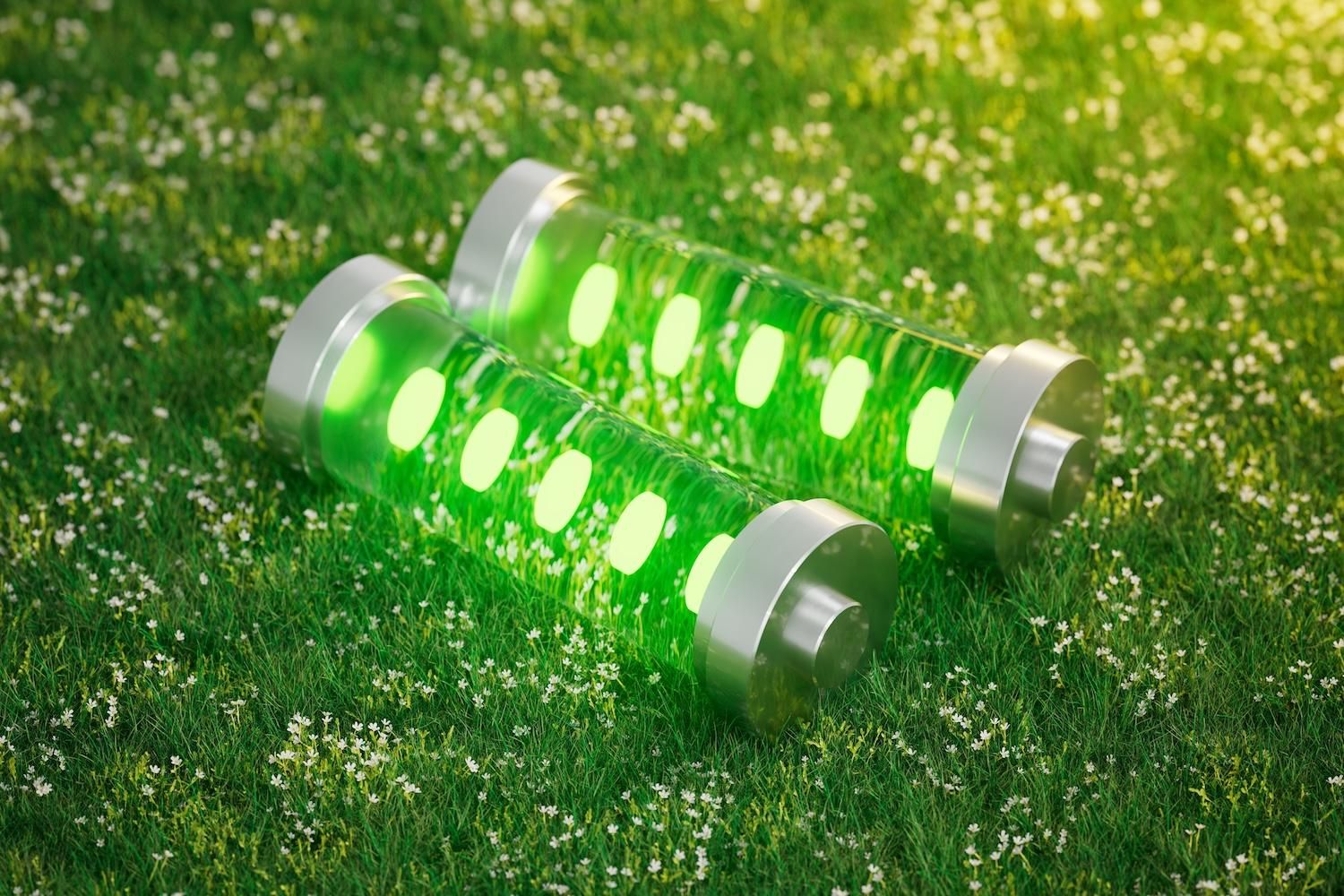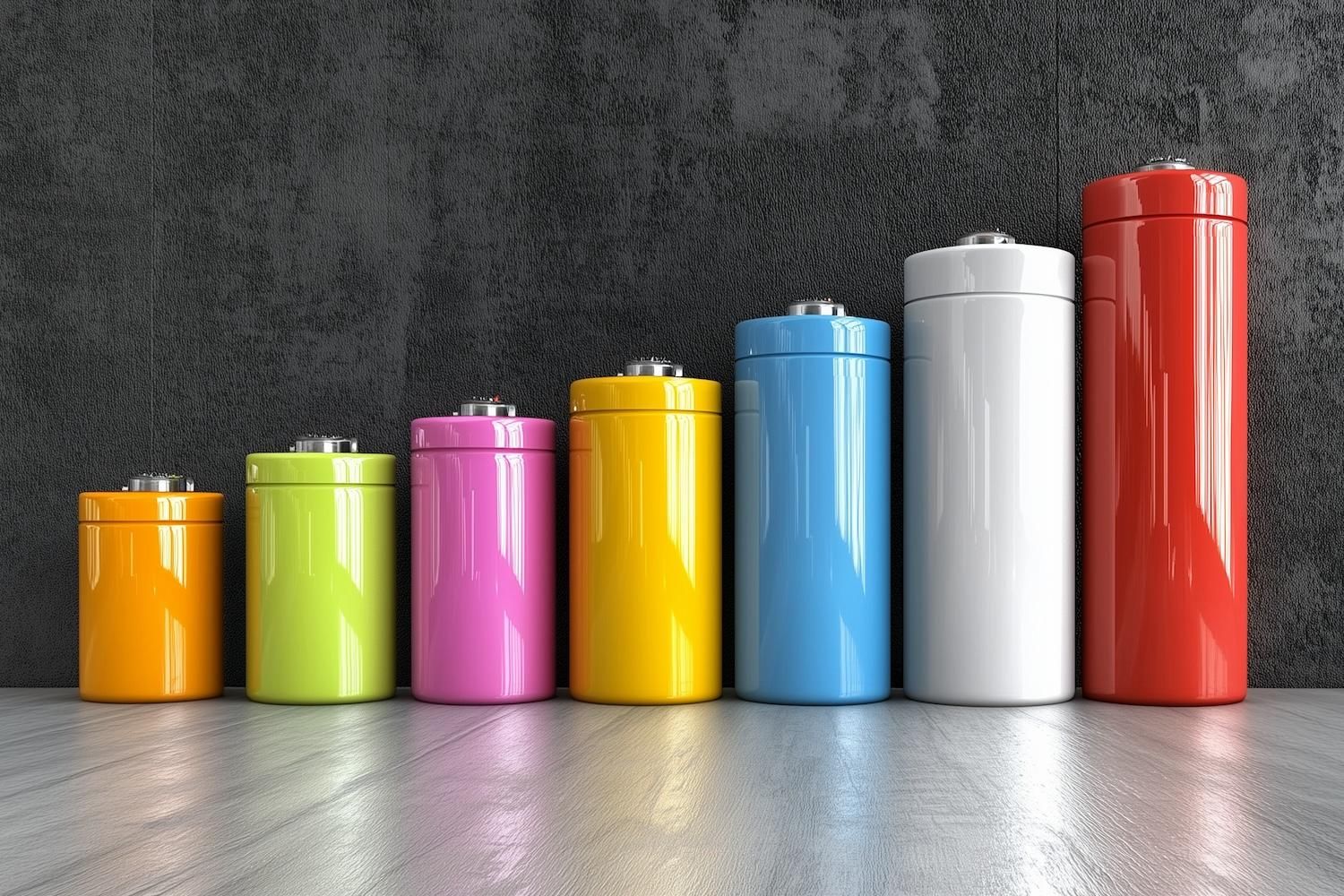
October 24, 2024
Metals Australia Limited (“Metals Australia”, the “Company” or “MLS”) is pleased to report its activities for theQuarter ended 30 September 2024 (“Quarter”):
Corporate
- The Company’s cash balance at the end of the Quarter was $16.02 million (Q4 $17.35 million), following net outflows of $1.33M, which included $1.17M spent on exploration, metallurgical test work and project studies. Staffing, consultant and administration costs, offset by interest on fixed term deposits resulted in net outflow of $159 K for the quarter. Please see details in the Appendix 5b.
Highlights
- Commenced and completed phase 1 of an exploration campaign at the Corvette River Project in the James Bay region of Quebec Canada1. The program was aimed at advancing three highly prospective Gold, Silver and base metals projects – Felicie, West Eade and East Eade. Post quarter end the company announced results from the program, further enhancing the potential of the three project areas at a time when gold prices have reached all-time highs. Further work for a Phase 2 field program is being planned.
- Announced comprehensive exploration plans for three Critical and Precious metals projects in Australia2, representing the beginning of the most significant exploration period in the company’s history. The projects include Warambie in WA’s Pilbara region (prospective for Gold, base metals and Lithium), Big Bell North Gold in WA’s Murchison Region and the Warrego East Copper, Gold and Bismuth project in the NT.
- Launched the Warambie aircore drilling program in the Pilbara in September3, following receipt of approvals from the regulator and land holder and the award of a competitively bid drilling tender.
- Launched Gravity and Soil sampling programs at the Big Bell North Gold project in the Murchison3, which together with an extensive aeromagnetic survey, recently completed, represented the most significant exploration ever undertaken on the tenements. Post quarter end, the company announced significant drill targets had been identified and that a 4500m air core drilling program was contracted to begin.
- Significantly advanced its Lac Carheil Graphite project in Quebec, Canada4 – Provided a comprehensive update on the Metallurgical test work program, the design of the Process Flow Sheet for the Flake graphite concentrates plant and the prefeasibility study during the quarter. Significant time was spent in Canada by the CEO, advancing the project with Government and key stakeholder groups. The Company also added to its project land bank, increasing the claims area held by more than 60%. The additional claims extend ground holdings on identified graphite trends as well as land provisioning for the placement of project infrastructure.
- In addition to the above work, the release of the Canadian Federal Governments Critical Minerals Strategy Annual Report 20245 during the quarter further highlighted the significance of our Lac Carheil Graphite project. The growing urgency to develop domestic supplies of graphite, including 5 graphite mines and CSPG refineries, is directly connected to the over 200 GWH of committed battery manufacturing plants in Canada. Four plants are progressing, including one in Quebec (Northvolt) and three in Ontario.
Exploration & Project Development Review
Canadian Projects:
Lac Carheil Graphite – Critical Minerals Project, Quebec, Canada:
During the Quarter the Company applied significant effort to the advancement of its flagship Critical Minerals project. Significant progress was made in key areas4, including metallurgical test work, design of flake graphite concentrates plant process flow sheet and the prefeasibility study for the project. In parallel, considerable engagement was undertaken with government and key stakeholders in Canada and within Quebec. Engagement with government also resulted in submissions for grant funding – both in Canada and the USA, with further applications under development to support funding for the project. The land holding for the project was also extended by 62%, by pegging additional claims, including extensions of identified graphite trends and provision of land for project infrastructure placement. The company continues to advance consultation in support of its drilling permit application, for which an Impact Exploration Assessment was completed and submitted in alignment with new regulatory requirements in Quebec. Consultation discussions in support of the project, including drilling, continue in an open and productive manner with all stakeholders. Metals Australia is aligned with the Canadian and Quebec governments commitment to ensuring that indigenous communities benefit holistically from critical minerals projects.
Further, the Company notes the release of the Canadian Federal Governments Critical Minerals Strategy Annual Report, 20245 and the significance that report attaches to Critical Mineral projects such as ours. A link to the report is available on our website. Of note is the urgency with which Canada is progressing to secure supply of critical and strategic minerals for a rapidly advancing battery manufacturing base. The report notes the commitments of major battery and car manufacturers to rapidly progress the production of over 200 GWH of battery production capacity, annually. The report outlines the requirement for 5 graphite mines and 5 coated spherical purified graphite plants (CSPG) – all of which are required to help supply the capacity planned, in construction or already in operation. The environment for critical mineral project development in Canada and the USA is rapidly accelerating – which positions the Lac Carheil Graphite project as one of increasing significance, given its potential to be one of the largest, highest grade graphite projects in North America.
Click here for the full ASX Release
This article includes content from Metals Australia Ltd, licensed for the purpose of publishing on Investing News Australia. This article does not constitute financial product advice. It is your responsibility to perform proper due diligence before acting upon any information provided here. Please refer to our full disclaimer here.
MLS:AU

Sign up to get your FREE
Metals Australia Investor Kit
and hear about exciting investment opportunities.
- Corporate info
- Insights
- Growth strategies
- Upcoming projects
GET YOUR FREE INVESTOR KIT
The Conversation (0)
02 July
Metals Australia
High-quality graphite project with accelerated development pathway and outstanding portfolio of exploration properties, highly prospective for gold and copper in the Northern Territory, vanadium, titanium, iron, zinc, copper and silver in WA – and gold, silver and base metals in addition to graphite in Quebec, Canada.
High-quality graphite project with accelerated development pathway and outstanding portfolio of exploration properties, highly prospective for gold and copper in the Northern Territory, vanadium, titanium, iron, zinc, copper and silver in WA – and gold, silver and base metals in addition to graphite in Quebec, Canada. Keep Reading...
05 November
Drilling the Manindi Vanadium-Titanium-Magnetite Discovery
Metals Australia (MLS:AU) has announced Drilling the Manindi Vanadium-Titanium-Magnetite DiscoveryDownload the PDF here. Keep Reading...
29 October
Quarterly Activities/Appendix 5B Cash Flow Report
Metals Australia (MLS:AU) has announced Quarterly Activities/Appendix 5B Cash Flow ReportDownload the PDF here. Keep Reading...
29 September
Precious, Base & Critical Minerals in Carheil Graphite Zones
Metals Australia (MLS:AU) has announced Precious, Base & Critical Minerals in Carheil Graphite ZonesDownload the PDF here. Keep Reading...
10 September
Battery Anode Material Refinery - Design & Location Update
Metals Australia (MLS:AU) has announced Battery Anode Material Refinery - Design & Location UpdateDownload the PDF here. Keep Reading...
18 August
Graphite Resource Expansion Sets Project up a s World-Class
Metals Australia (MLS:AU) has announced Graphite Resource Expansion Sets Project up as World-ClassDownload the PDF here. Keep Reading...
01 December
Why SQM Says Social Dialogue is Key to Sustainable Lithium
As scrutiny continues to intensify across the battery metals supply chain, the conversation around sustainability has moved far beyond carbon footprints. At this year’s Benchmark Week, Stefan Debruyne, director of external affairs at Sociedad Quimica y Minera de Chile (SQM) (NYSE:SQM), made that... Keep Reading...
27 November
Battery Storage Market Surging as Electricity Demand Enters New Era
Speaking at Benchmark Week, Iola Hughes, head of battery research at Benchmark Mineral Intelligence, outlined a market that is undergoing “very strong growth" and becoming indispensable to energy security.Hughes described energy storage as the fastest-growing segment in the battery sector today.... Keep Reading...
27 November
Inside Billionaire Gina Rinehart's Key Mining Investments
Australian billionaire Gina Rinehart has become a formidable force in the global mining industry. After taking the helm of her father’s iron ore firm Hancock Prospecting in 1993, she embarked upon a diversification strategy that has vastly expanded her resource empire. Now Australia’s richest... Keep Reading...
26 November
Long State Funding Update
Atlantic Lithium (A11:AU) has announced Long State Funding UpdateDownload the PDF here. Keep Reading...
24 November
CATL Reportedly Plans to Restart Key Chinese Lithium Mine by December
Contemporary Amperex Technology (SZSE:300750,OTC Pink:CTATF) is preparing to restart its Jianxiawo lithium mine in Jiangxi province as soon as early December, sources familiar with the matter told Bloomberg.The sources, who declined to be named, said the company, better known as CATL, has asked... Keep Reading...
24 November
Liontown Resources’ Spodumene Auction Attracts Nine Countries
Liontown Resources (ASX:LTR,OTC Pink:LINRF) held its first digital spot sales auction for 10,000 wet metric tonnes of spodumene concentrate from its Kathleen Valley lithium operation in Western Australia.The auction, which attracted over 50 buyers from nine countries, was conducted on Metalshub,... Keep Reading...
Latest News

Sign up to get your FREE
Metals Australia Investor Kit
and hear about exciting investment opportunities.
- Corporate info
- Insights
- Growth strategies
- Upcoming projects
GET YOUR FREE INVESTOR KIT
Latest Press Releases
Related News
TOP STOCKS
American Battery4.030.24
Aion Therapeutic0.10-0.01
Cybin Corp2.140.00







